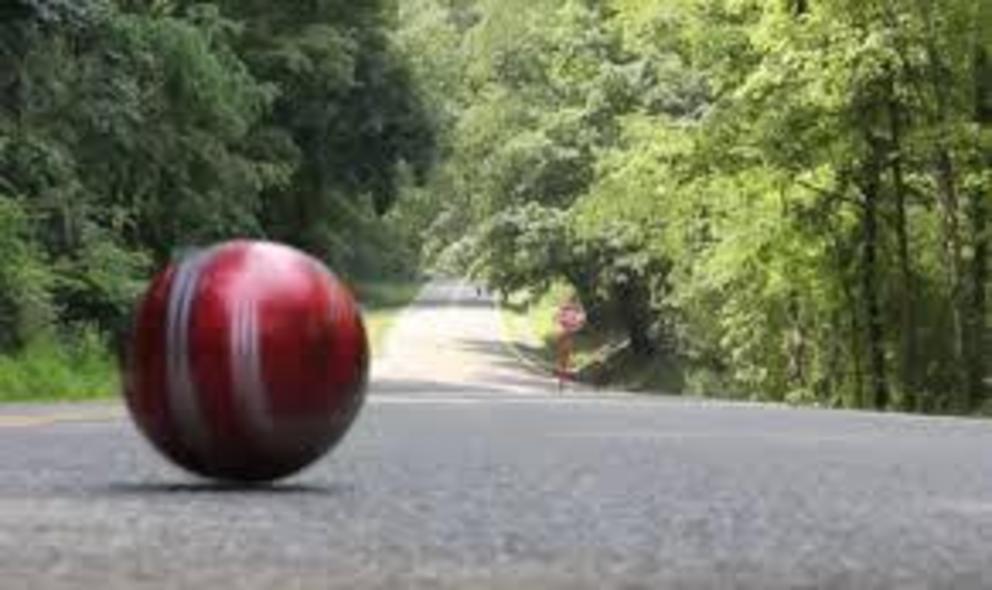These gravity-defying hills are one of the strangest natural phenomena we've seen
Scattered across the world are a number of bewildering 'mystery spots' that appear to defy gravity - places where cars seem to drift uphill, and cyclists struggle to push themselves downhill.
Also known as gravity hills, these bizarre natural phenomena can be found in places like Confusion Hill in California and Magnetic Hill in Canada, and while they've inspired rumours of witchcraft and giant magnets buried in the countryside, the actual scientific explanation will have you questioning every slope you encounter from here on out.
There are reportedly dozens of gravity hills around the world, in the US, the UK, Australia, Brazil, and Italy, and they all have one thing in common - if you drive your car to the bottom of the hill and put it in neutral, it will proceed to roll back UP the slope.
So what's actually going on here? Turns out, these bizarre natural phenomena are just an elaborate optical illusion - an illusion so good, it'd be impossible to believe it without the proper equipment.
But if you get some surveying equipment or GPS markers to actually measure the difference between the 'top' of the slope and the 'bottom', you'll realise that everything is actually in reverse.
"The embankment is sloped in a way that gives you the effect that you are going uphill," materials physicist Brock Weiss from Pennsylvania State University told Discoveries and Breakthroughs in Science back in 2006.
"You are, indeed, going downhill, even though your brain gives you the impression that you're going uphill."
But if a hill is physically sloping one way - so much so that cars actually gain quite a bit of momentum when they start drifting 'up' - how could our eyes trick us so bad every time?
According to psychologists, it's all about the horizon - either it's obscured in areas with gravity hills, so we don't have a proper point of reference, or the horizon is there, but it obscures how the hill slopes in relation to the rest of the landscape.
The latter explanation appears to be at work in Aryshire, Scotland.
"We're standing within a tilted landmass, UK psychologist Rob Macintosh from the University of Edinburgh tells the Science Channel in the video below.
"The whole landscape tilts this way, and the road tilts in the same direction, but by a smaller amount, so the relative slope appears to go the [opposite] way."
And here's that Pennsylvania gravity hill:
A 2003 study looked into how the absence of a horizon can also skew our perspective on gravity hills by recreating a number of real-life 'antigravity' places in the lab to see how volunteers would react.
Researchers from the Universities of Padova and Pavia in Italy built tabletop models of several gravity hills around the world, and got volunteers to peer at them through a hole that gave them the perspective of actually being there.
They then messed around with the horizon in the model to see how that would affect the volunteers' perspective on which way the slope ran.
They found that without a true horizon in sight, landmarks such as trees and signs actually played tricks on the volunteers' brains.
"We found that perceived slope depends on the height of the visible horizon; that surface slant tends to be underestimated relative to the horizontal plane; and that when preceded, followed, or flanked by a steep downhill slope - a slightly downhill stretch is perceived as uphill," the team reports in Psychological Science.
"The visual (and psychological!) effects obtained in our experiments were in all respects analogous to those experienced on site. After each observer's task was concluded, we placed a small roll of tape on the misperceived slope, and the tape appeared to move against the law of gravity - producing surprise and, on occasion, reverential fear."
So there you have it; thanks, brains. It just goes to show, as robust as the human mind is, perspective is everything.
For full references please use source link below.
Video can be accessed at source link below.

